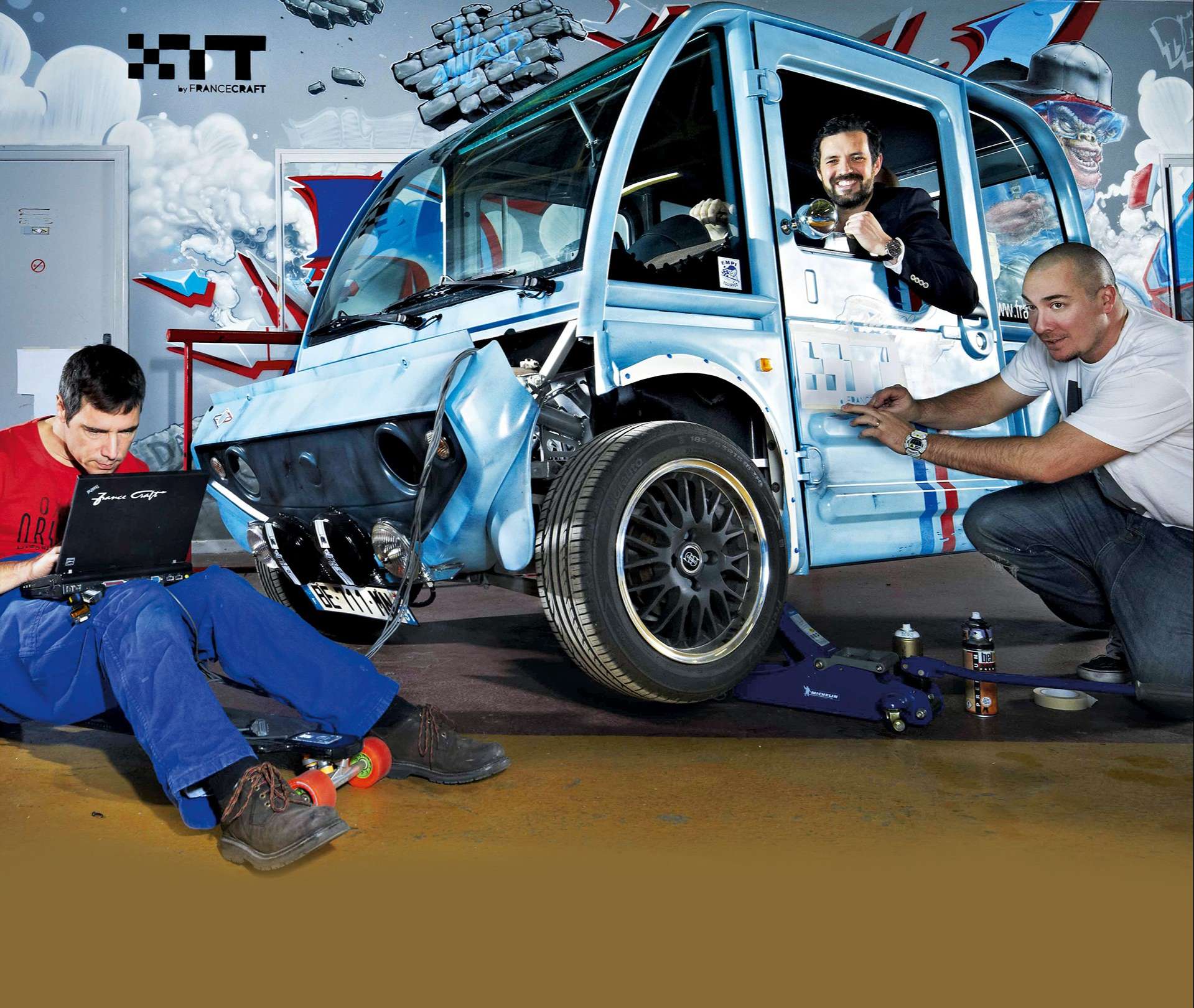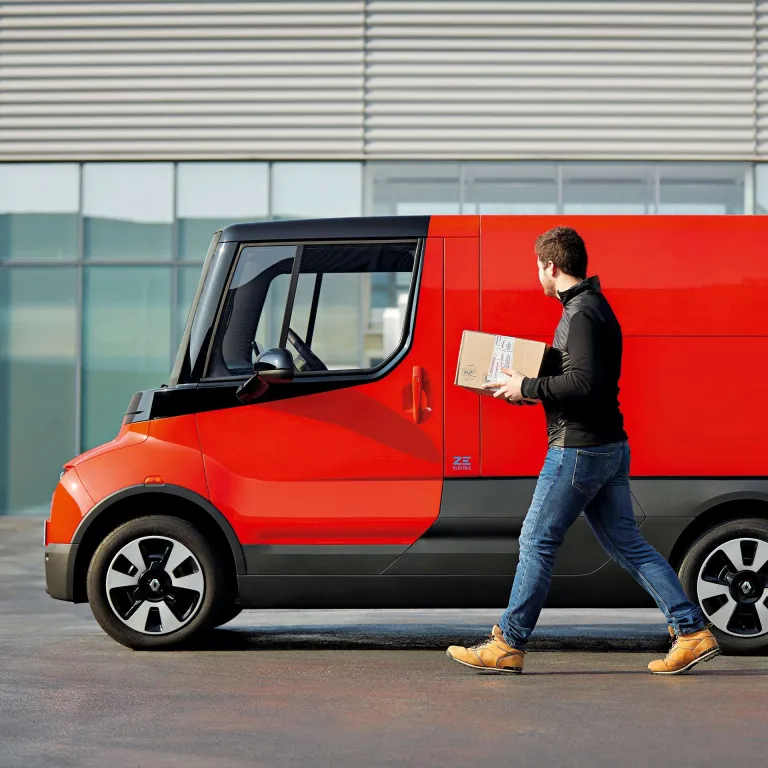Last-mile logistics
Urban logistics need a thorough overhaul due to factors such as the explosion of e-commerce, traffic congestion and pedestrianization.
Public transport and shared two-wheeled vehicles are key parts of a transportation system, as are delivery vehicles, which represent a rapidly changing industry. The explosion of e-commerce, traffic congestion, the environmental impact of transportation, pedestrianization and the banning of certain vehicles from city centers all mean that urban logistics need a thorough overhaul. Whether a package has come from halfway around the world or the next city, the last mile is a major headache for logistics companies.
Generally, they deliver packages using large vans, which are unsuited for small volumes and urgent deliveries. Today, many companies understand that these urban vehicles need to be rethought, while also reducing their environmental footprint. Both major international automotive groups and specialist startups are working on the issue. For example, they are looking at electric propulsion methods, cockpit ergonomics, the driving position, the interface with the driver, the way in which vehicles are unloaded, ease of maintenance and upgradability. Whatever their size, those companies are adopting an agile approach, using collaborative platforms that include users in the process of defining product specifications. This approach helps them speed up the development of their first vehicles, which they then can rapidly adjust based on customer feedback.
EZ-FLEX: TESTED WITH CUSTOMERS
The Renault EZ-Flex is an experimental electric smart utility vehicle, designed for urban deliveries. It was designed by the Renault group‘s LCI (collaborative innovation lab) and represents a novel collaborative and innovative approach.
Across Europe, customers will test a dozen of these vehicles and suggest changes to help address future uses more effectively. The LCI is a multidiscipline team of engineers and architects specializing in mechanics, platforms, bodywork and product architecture; designers specializing in vehicle exteriors, interiors and user interfaces; and marketing experts. The cloud based 3DEXPERIENCE platform ensures that all disciplines can work together, speeding up the validation of concepts and making them more robust through digital modeling and a single-design approach.





